Hydrangeas are beautiful flowers. They bloom in many colors. People love to grow them in their gardens. But, do you know the best place to plant a hydrangea? This article will help you find that perfect spot.
What is a Hydrangea?
Hydrangeas are flowering shrubs. They can grow very tall. Some can reach 10 feet or more. They have big, round flower clusters. These flowers can be blue, pink, white, or purple. The color depends on the soil. More on that later!
Why is Planting Location Important?
The right location helps hydrangeas grow well. They need sunlight, water, and good soil. If you choose the wrong place, they may not bloom. Or, they may die. Let’s look at the best places to plant them.
Sunlight Requirements
Hydrangeas love sunlight. But, they also need some shade. Here are the best sunlight conditions:
- Morning sunlight is great.
- Afternoon shade helps in hot weather.
- Too much sun can burn the leaves.
Best Sunlight Spots
Find a spot that gets:
- 4 to 6 hours of sunlight each day.
- Some shade during the afternoon.
- Near trees for dappled sunlight.
Soil Conditions
Soil is very important for hydrangeas. They like rich, moist soil. Good soil helps them grow strong. Here are some soil tips:
- Soil should drain well.
- Keep it moist but not wet.
- Use compost to enrich the soil.
Testing Your Soil
It is good to test your soil. You can buy a soil test kit. This helps you know:
- Soil pH level.
- Soil nutrients.
- Soil texture.
Hydrangeas like slightly acidic soil. A pH of 5.5 to 6.5 is best. If your soil is too alkaline, the flowers may turn pink. If it is more acidic, they may turn blue.
Watering Needs
Hydrangeas need water. They do not like dry soil. Here are some watering tips:
- Water them deeply once a week.
- Check the soil moisture often.
- Do not let them sit in water.
Best Watering Spots
Choose a location that:
- Has good drainage.
- Does not flood after rain.
- Can hold moisture without being soggy.
Wind Protection
Strong winds can damage hydrangeas. They can break branches and flowers. Protect them from harsh winds. Here are some tips:
- Plant near a wall or fence.
- Use trees or shrubs for windbreaks.
- Choose a sheltered area in your garden.
Climate Considerations
Hydrangeas grow best in certain climates. They like temperate weather. Here are some climate tips:
- Check your zone before planting.
- Choose a type of hydrangea for your zone.
- Some types like more heat, while others prefer cold.
Popular Types Of Hydrangeas
Here are some popular types:
| Type | Best Zone | Sunlight Needs |
|---|---|---|
| Bigleaf | Zones 5-9 | Partial sun to shade |
| Panicle | Zones 3-8 | Full sun |
| Oakleaf | Zones 5-9 | Partial shade |
| Smooth | Zones 3-9 | Full sun |
Companion Planting
Planting with other flowers is fun! Some plants grow well with hydrangeas. Here are a few:
- Hostas
- Ferns
- Astilbes
These plants like similar conditions. They can help keep your garden beautiful!
How to Plant a Hydrangea
Now, let’s look at how to plant a hydrangea. Follow these steps:
- Choose the right location.
- Prepare the soil with compost.
- Dig a hole twice the size of the root ball.
- Place the plant in the hole.
- Fill the hole with soil.
- Water it well.
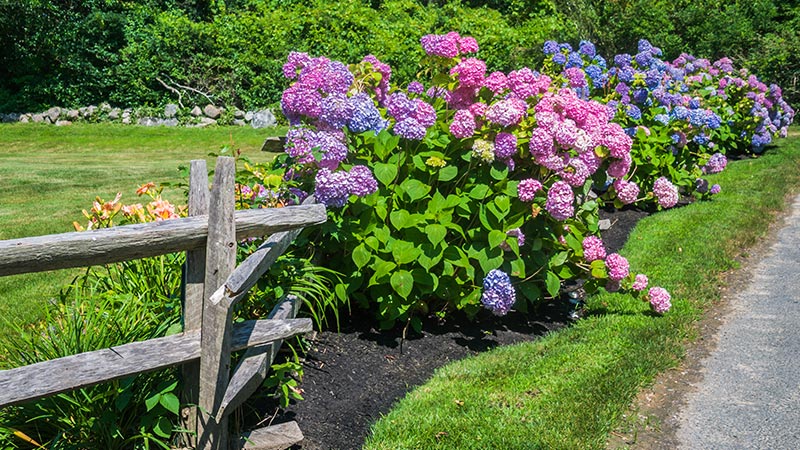
Credit: gilmour.com
When to Plant Hydrangeas
The best time to plant hydrangeas is in spring or fall. Here are some tips:
- Spring planting helps them grow strong.
- Fall planting prepares them for winter.
- Avoid planting in extreme heat.
Common Problems and Solutions
Sometimes hydrangeas face problems. Here are some common issues:
- Yellow leaves can mean too much water.
- Brown edges can mean too much sun.
- Not blooming could mean wrong soil pH.
Check these issues and adjust care accordingly. Your hydrangeas will thank you!
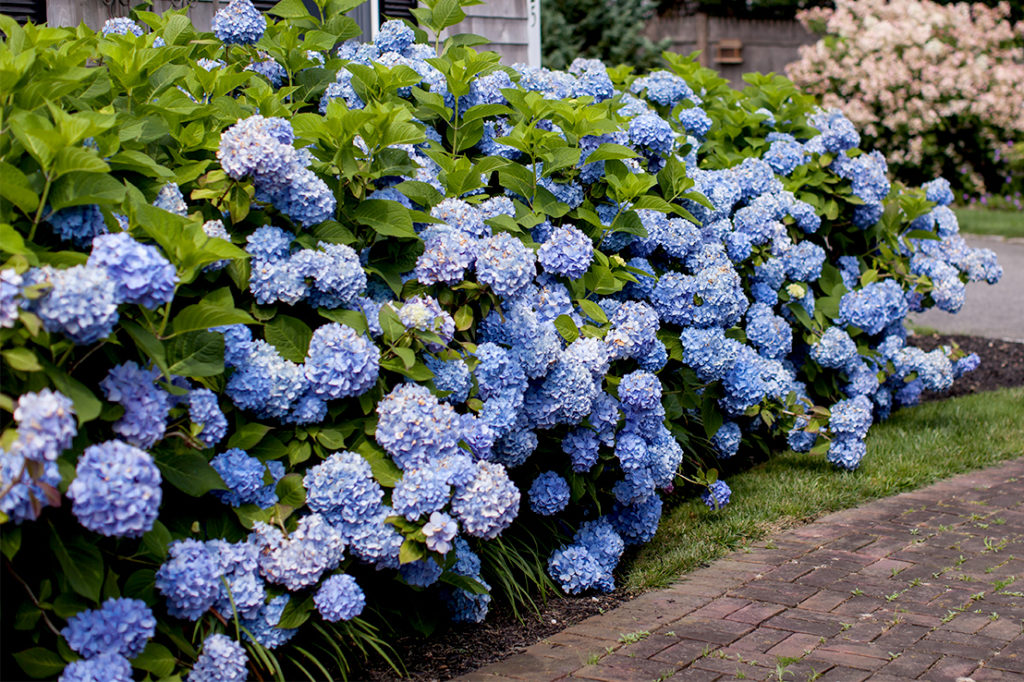
Credit: garden-gab.com
Conclusion
Choosing the best place to plant a hydrangea is important. They need the right amount of sunlight, water, and good soil. Protect them from strong winds. Consider the climate and companions. By following these tips, you can enjoy beautiful blooms in your garden.


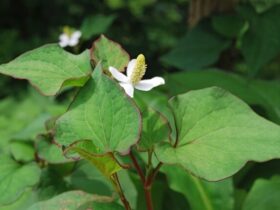
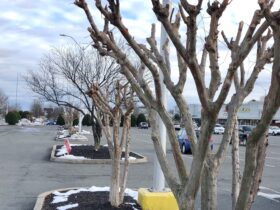
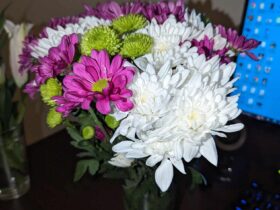
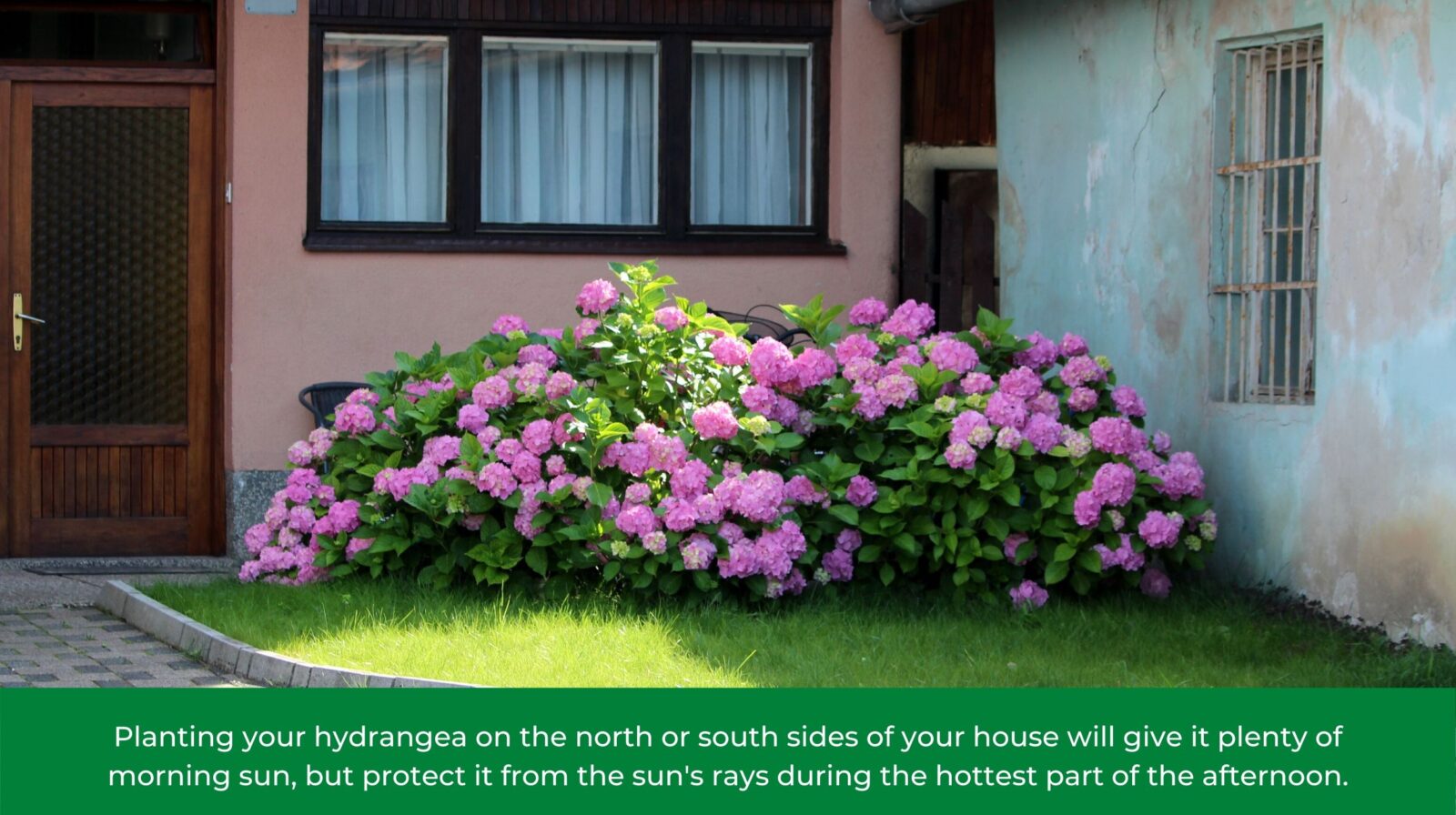
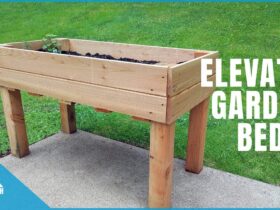

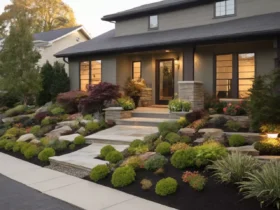
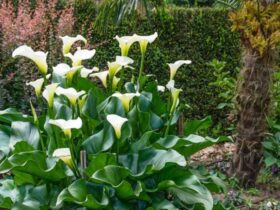
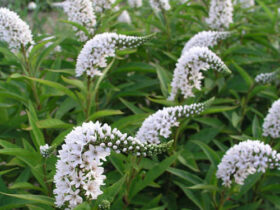
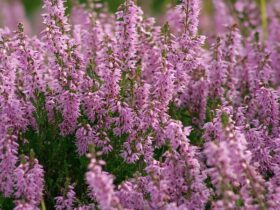
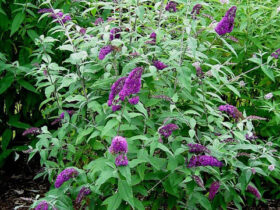
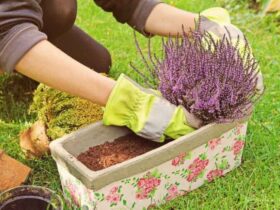
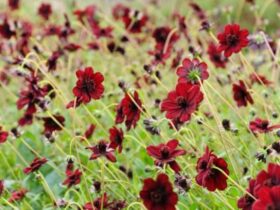
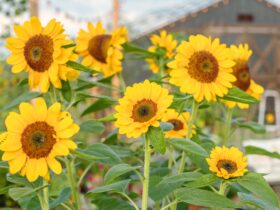
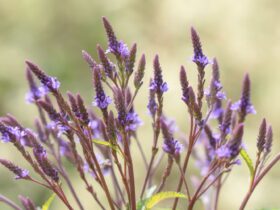
Leave a Review